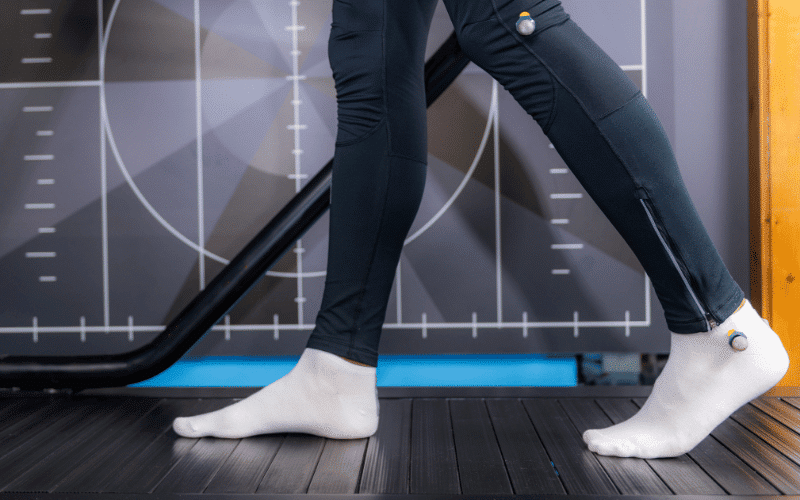Symptom 6: Gait Abnormalities

In the initial stages of MLD, gait abnormalities may be subtle. Affected individuals might stumble occasionally, trip over objects they would normally navigate with ease, or exhibit a slight unevenness in their walking pattern. While these initial signs may not immediately raise red flags, they should not be dismissed as mere clumsiness or fatigue.
As MLD progresses, these gait abnormalities become more pronounced. You might notice a clear unsteadiness, a shuffle in the walk, or even a tendency to lean or sway while walking. People living with MLD may also develop adaptive walking strategies to compensate for the lost stability. For instance, they might adopt a wider stance while walking or rely more heavily on support from walls and furniture.
Why do gait abnormalities occur in MLD? The answer lies in the same sulfatide buildup responsible for the other symptoms of this disorder. This buildup of fatty substances affects the parts of the brain responsible for coordinating movements, leading to difficulties in maintaining a normal gait. The damage isn’t confined to the brain, though. It extends to the peripheral nerves involved in transmitting the brain’s movement instructions to the muscles.
Recognizing gait abnormalities as a potential sign of MLD is crucial. Even if these changes seem insignificant initially, their progression could indicate an underlying condition that needs to be addressed. In many cases, gait abnormalities might be the symptom that prompts individuals or their families to seek medical advice, leading to a diagnosis of MLD. (6)